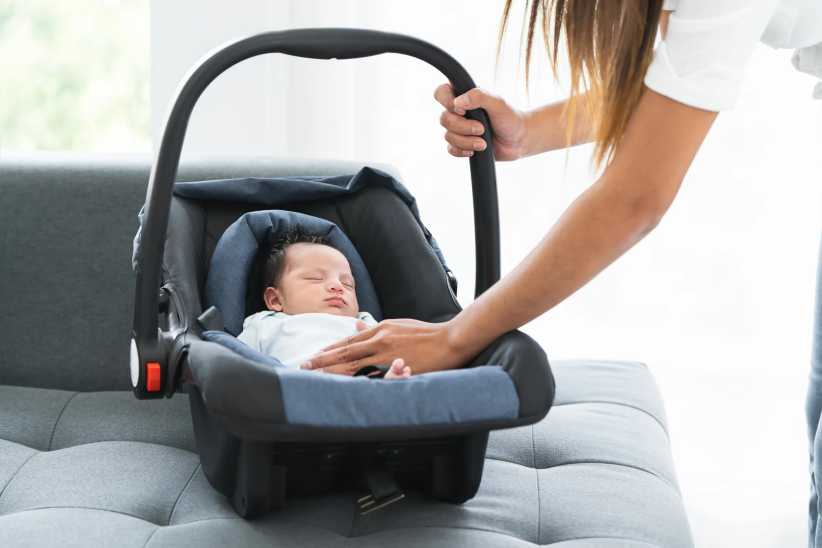
New guidelines from Britain’s National Institute for Health and Care Excellence (NICE) are now advising low risk women with uncomplicated pregnancies to consider birthing at home with a trained midwife. This would effect approximately 45 percent of pregnant women. A government financed 2011 study carried out by researchers at Oxford University sites that: “Hospital births were more likely to end in Cesarean sections or involve episiotomies. Women were more likely to be given epidurals, which numb the pain of labor but also increase the risk of a protracted birth that required forceps and damaged the perineum.”
This is a big shift in the paradigm of birth. Up to now, the Netherlands is the only developed country that currently embraces home birth, where approximately 20 percent of all births are planned home births. In contrast, the US has less the 2 percent of births taking place outside a hospital. A possible reason for the vast majority of hospital births could be that the American College of Obstetricians and Gynecologists (ACOG) does not fully support home birth. Their official statement on the matter is:
“Although the Committee on Obstetric Practice believes that hospitals and birthing centers are the safest setting for birth, it respects the right of a woman to make a medically informed decision about delivery. Women inquiring about planned home birth should be informed of its risks and benefits based on recent evidence. Specifically, they should be informed that although the absolute risk may be low, planned home birth is associated with a twofold to threefold increased risk of neonatal death when compared with planned hospital birth. Importantly, women should be informed that the appropriate selection of candidates for home birth; the availability of a certified nurse–midwife, certified midwife, or physician practicing within an integrated and regulated health system; ready access to consultation; and assurance of safe and timely transport to nearby hospitals are critical to reducing perinatal mortality rates and achieving favorable home birth outcomes.”
NICE has examined and compared the outcomes of complications for both baby and mother in hospital, birth center and home births and concluded: “The risk of death or serious complications for babies was the same in all three settings, with one exception: In the case of first-time mothers, home birth slightly increased that risk. Nine in 1,000 cases would experience serious complications, compared with five in 1,000 for babies born in a hospital.”
Some may argue the reluctance to shift to home birth in the US is not only about a concern for mother and baby’s well being. Rather, they would attribute it to the financial impact home births could have on hospitals and insurance companies. Indeed, the UK, which offers a universal health care system, stands to save a substantial amount of money with the shift to home births. According to an article in The Guardian: “The [Oxford] study looked at the relative costs of healthy births in different settings. It found that a planned birth in an obstetric unit was the most expensive option for mothers who already have children, with a mean cost of £1,142 ($1795 USD) per woman. A planned home birth was the cheapest at £780 (approximately $1225 USD).”
The US, has the highest cost of birth in all developed countries. According to an article from the Huffington Post: “An average price for a normal delivery of $9,775, and possibly as much as $16,653, or double what it would cost an Australian woman and more than 14 times the price for a woman in Argentina. The average price of a Cesarean section in the U.S., $15,041, is also higher than any other country — and it could cost as much as $26,305.” The average uncomplicated vaginal birth costs 68 percent less in a home than in a hospital. What a huge loss of income it would be for hospitals and insurance companies to see such a dramatic decrease in the cost of birth.
Ultimately, it comes down to personal preference and comfort. Many women in the UK may still choose to birth in a hospital setting. However, should they desire, they now have support, encouragement and the resources to experience a low intervention birth in their own home. Here in the US, home birth is certainly not in the comfort zone for many, but if it were to become more socially and culturally acceptable, it may not be seen like such a radical idea anymore.
Debra Flashenberg is the founder of the Prenatal Yoga Center. She is a certified doula, Lamaze coach, midwife, and certified vinyasa yoga instructor. She is continuously in awe of the beauty and brilliance of birth and is the proud mother of baby boy Shay. Visit prenatalyogacenter.com for more info!













